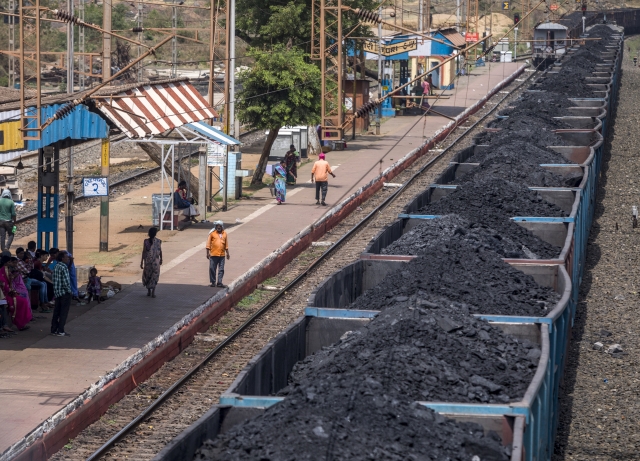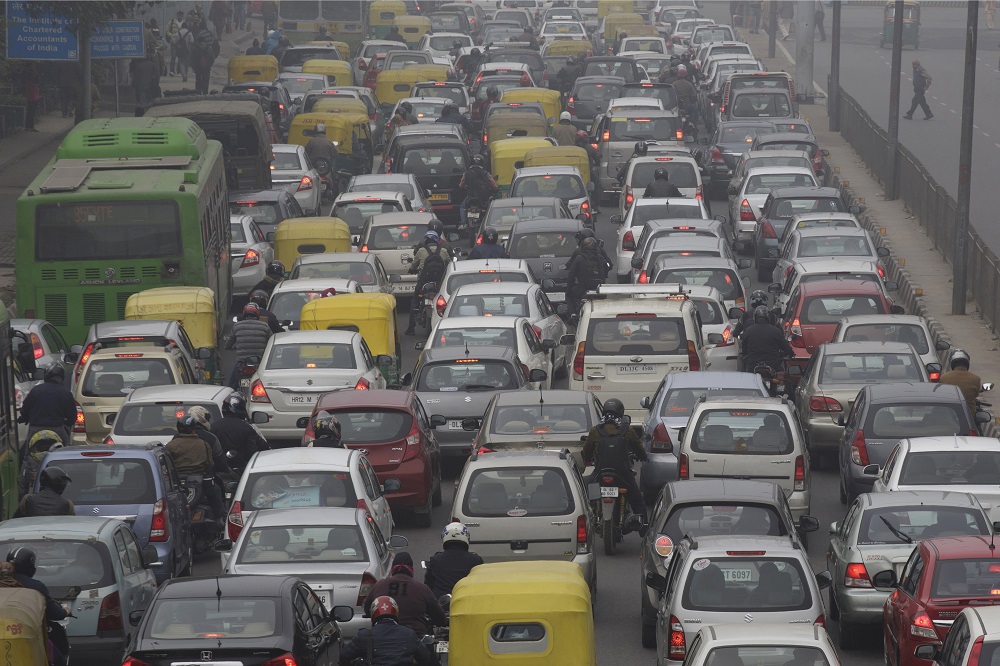Nitrogen Dioxide is a dangerous pollutant which contributes to the formation of Ozone. Majority of the Indian cities are experiencing poor air quality. Effects of nitrogen dioxide are now very much visible in India’s 6 major metro cities. Studies reveal that Including the national capital of India, these cities are prime hotspots for the rising levels of nitrogen dioxides.
Environmental NGO Greenpeace India recently conducted a survey. The analysis says that due to the rise of population, there is an increase in air pollution in various metro cities. As per their data, with the rise of population, there is a sudden increase in vehicular pollution and diesel consumption in metro cities like Delhi, Bengaluru, Mumbai, Kolkata, Chennai, and Hyderabad.
Effects of Nitrogen Dioxide in Indian Cities
“Over the past few years, several studies have identified PM2.5, NOx and O3 pollutants having a significant impact on human health. These are particularly dangerous air pollutants, causing respiratory illnesses and lung damage with acute exposure, and increasing the risk of chronic diseases such as heart attacks and lung cancer with long-term exposure,” said Pujarini Sen, Senior Campaigner, Greenpeace India.
According to the Greenpeace India data, which has been collected between Feb’2018 and May 2019 – Coal consumption and industrial clusters like Sonbhadra-Singrauli in Madhya Pradesh and Uttar Pradesh, Korba in Chattisgarh, Chandrapur in Maharashtra, Mundra in Gujarat and Durgapur in West Bengal and Talcher in Odisha are equally polluting as far as NO2 emissions.

Tropospheric ozone (O3) is a gaseous pollutant that is produced by photochemical oxidation or VOCs (Volatile Organic Compounds) and CO (Carbon Monoxide) in the presence of NO2. The NGO analyzed satellite data to monitor the vertically integrated amount of many atmospheric gases that also included Nitrogen dioxide.
“NO2 is a dangerous pollutant in itself and also contributes to the formation of ozone and PM2.5, two of the most dangerous air pollutants. It is estimated that air pollution (ambient PM2.5 household and ozone air pollution collectively) caused 3.4 million deaths worldwide in 2017 and over 1.2 million only in India. PM2.5 alone resulted in more than 6.7 lakh deaths in India in 2017,” the NGO said.
Strict Action Against the Rising Effects of Nitrogen Dioxide

The NGO has demanded a strict law and order against the effects of nitrogen dioxide from the government. The rising NO2 level comes from manmade sources -, especially from transport, industries and power generation. It is important to track the hotspots and maintain the air quality in the country by tackling the health emergency caused by NO2 emissions.
“Emission standard deadlines for coal power plants and industries must be strictly adhered to, even as the industrial and electricity sectors transition to cleaner alternatives for power generation. Every delay is literally costing lives,” Sen said.
How are you monitoring air quality in your surrounding? Visit www.aqi.in to know real-time air quality of your locality.
This post is also available in:
![]() Global
Global ![]() IND English
IND English ![]() UK English
UK English ![]() US English
US English